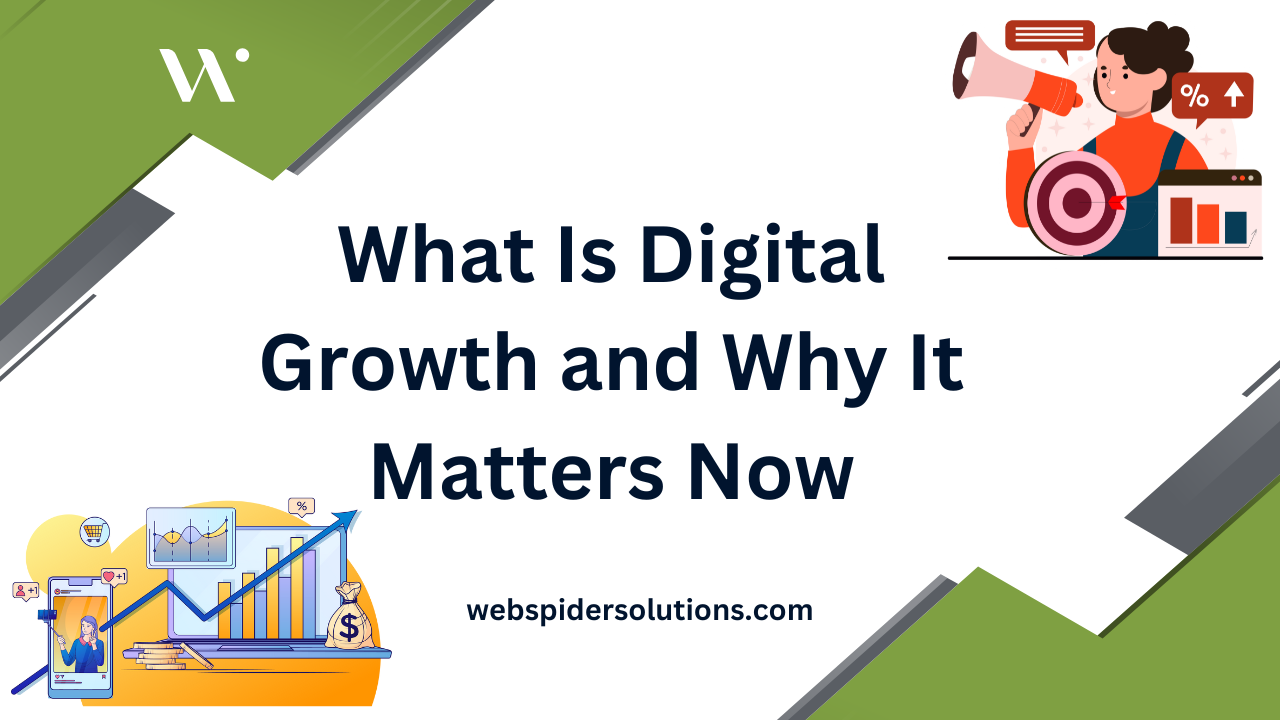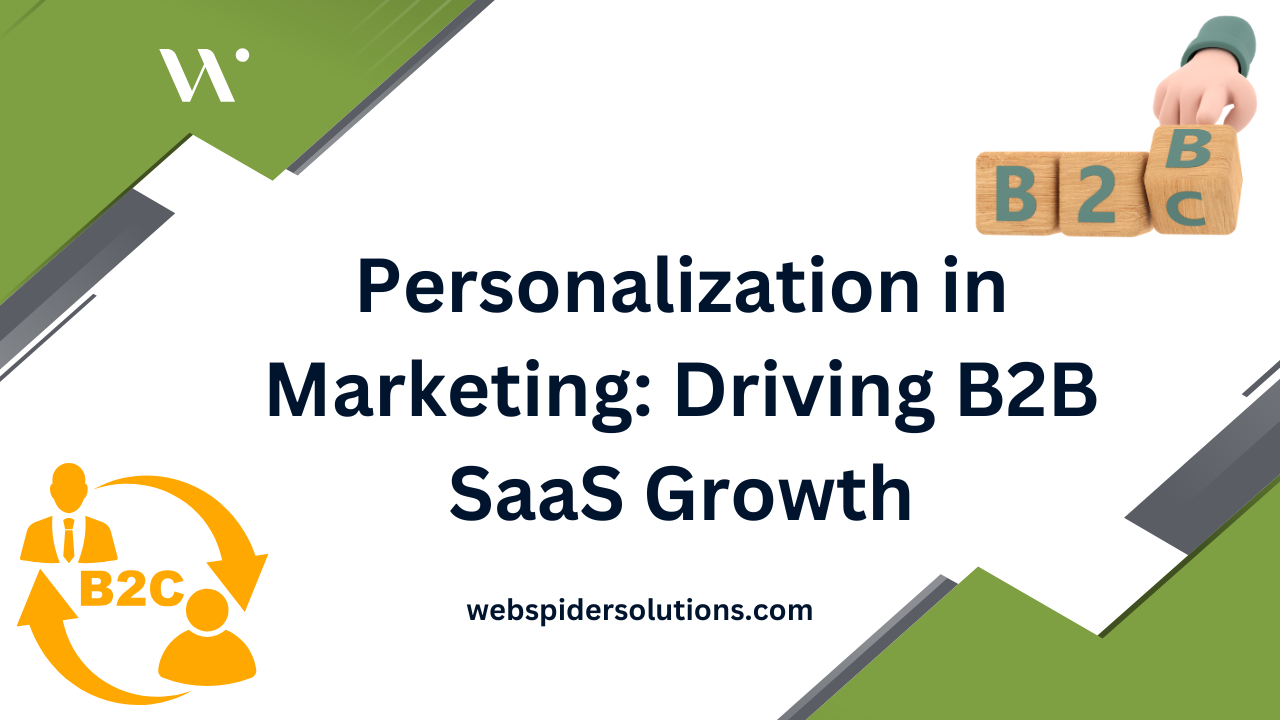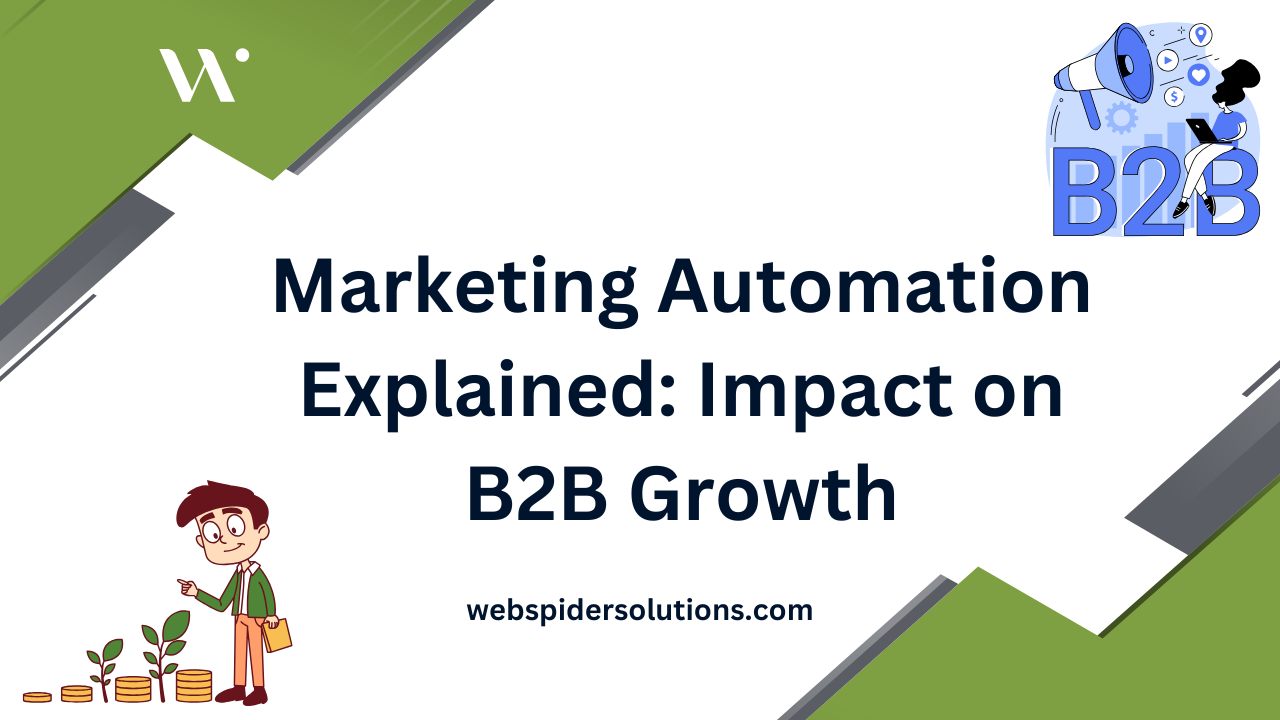Video content has taken center stage in how brands reach people online. Nearly 71 percent of consumers who watch a video end up making a purchase and that is not just impressive, it is a total game-changer for any business. Most companies rush to make videos thinking it is all about flashy visuals or viral dances but the real power is hidden in understanding what triggers engagement at a deeper level and using video to form real trust with your audience.
Table of Contents
- Understanding The Power Of Video Content
- Building An Effective Video Marketing Strategy
- Measuring Success And Roi In Video Marketing
Quick Summary
| Takeaway | Explanation |
|---|---|
| Video boosts customer purchase intent | 71% of consumers who watch a video are likely to make a purchase, showcasing its powerful impact. |
| Understand your audience deeply | Conduct thorough market research to create audience personas and tailor video content to their preferences. |
| Focus on high-quality production | Ensure your videos are visually appealing with good lighting and audio to maintain viewer engagement. |
| Measure engagement, not just views | Track metrics like watch time and audience retention to understand actual viewer interaction and effectiveness. |
| Iterate and improve your strategy | Use advanced analytics to refine video content based on viewer behavior and feedback for continuous enhancement. |
Understanding the Power of Video Content
Video content has transformed digital marketing strategies, offering businesses an unprecedented opportunity to connect with audiences in more engaging and memorable ways. By leveraging visual storytelling, companies can communicate complex messages quickly and emotionally, driving deeper consumer connections.
To help you quickly compare the core benefits of video content marketing, the table below summarizes the strategic value and outcomes mentioned throughout the article.
| Benefit | Description |
|---|---|
| Boosts Purchase Intent | 71% of consumers who watch videos are likely to make a purchase. |
| Enhances Brand Engagement | Video is more memorable and emotionally engaging compared to text or images. |
| Builds Consumer Trust | Video narratives and perceived usefulness increase trust and credibility. |
| Personalizes Brand Communication | Video helps brands connect on a human level, making communications more authentic and relatable. |
| Drives Long-term ROI | Improves customer retention and value, offering returns well beyond initial sales. |
| Versatile Across Platforms & Formats | Can be adapted for social media, tutorials, ads, and more to reach different audiences. |
The Compelling Economics of Video Marketing
The economic impact of video content is extraordinary. Research from SCORE reveals a stunning statistic: 71% of consumers who watch a video end up making a purchase. This isn’t just a trend but a fundamental shift in how customers interact with brands. Video content provides an immersive experience that text and static images simply cannot match.
Businesses across industries are recognizing this potential. Whether you’re a tech startup, a local service provider, or an e-commerce platform, video content offers a versatile medium to showcase products, explain services, and build brand trust. The visual nature of video allows for nuanced storytelling that resonates on both intellectual and emotional levels.
Consumer Psychology and Video Engagement
Understanding consumer behavior is crucial in video content strategy. A study published in the National Library of Medicine explored how short video content influences consumer trust and purchase intentions. The research found that key attributes like perceived usefulness, ease of understanding, and entertainment value significantly impact consumer trust.
This means businesses must go beyond mere product demonstrations. Successful video content creates a narrative that speaks directly to viewer needs, solves problems, and provides value. It’s not just about selling a product but about creating an experience that viewers want to share and remember.
Strategic Benefits Beyond Immediate Sales
Video content’s power extends far beyond immediate conversion rates. Insights from the Rhode Island Small Business Development Center highlight that video marketing enhances engagement, personalizes brand communication, and drives long-term return on investment. By bringing brands to life through dynamic visual storytelling, businesses can differentiate themselves in crowded marketplaces.
Moreover, video content is incredibly versatile. From short-form social media clips to in-depth tutorial videos, brands can create content that fits various platforms and audience preferences. This flexibility allows for targeted messaging that speaks directly to specific customer segments. Learn more about optimizing your video marketing strategy.
The digital landscape continues to evolve, and video content stands at the forefront of this transformation. Businesses that understand and effectively leverage video will not just survive but thrive in an increasingly visual and interconnected world.
Building an Effective Video Marketing Strategy
Creating a successful video marketing strategy requires intentional planning, deep audience understanding, and a systematic approach to content development. Businesses must move beyond random video production and develop a comprehensive framework that aligns with their overall marketing objectives.
Strategic Planning and Audience Insights
Research from West Virginia University emphasizes the critical importance of thorough market research as the foundation of any effective video marketing strategy. Understanding your target audience’s preferences, pain points, and consumption habits is essential. This means going beyond demographic data and diving deep into behavioral insights that reveal what truly motivates your potential customers.
Start by developing detailed audience personas. What are their challenges? What type of content resonates with them? What platforms do they frequent? These questions help craft video content that speaks directly to viewer needs. Learn more about developing targeted video strategies.
Content Development and Technical Considerations
Insights from Columbia University’s Center for Teaching and Learning provide valuable guidance for creating engaging video content. They recommend starting with a comprehensive storyboard that outlines your narrative arc, ensuring your message remains clear and compelling. Key recommendations include keeping videos concise (ideally under 6 minutes), adopting a conversational tone, and incorporating dynamic visuals that maintain viewer interest.
Technical quality matters immensely. Invest in good lighting, clear audio, and professional editing. Your video should not just communicate information but do so in a visually appealing and professionally produced manner. Consider the unique storytelling opportunities within your brand. Can you transform complex concepts into engaging visual narratives?
Optimization and Continuous Improvement
USAGov’s strategic guidelines highlight the importance of ongoing evaluation and iteration. Developing an effective video marketing strategy is not a one-time effort but a continuous process of refinement. Implement robust analytics to track key performance indicators such as view rates, engagement metrics, conversion rates, and audience retention.
Accessibility is another crucial consideration. Ensure your videos include captions, describe visual elements for viewers with hearing impairments, and are compatible across different devices and platforms. This approach not only broadens your potential audience but also demonstrates your brand’s commitment to inclusivity.
Remember that successful video marketing is about creating value. Each video should solve a problem, answer a question, or provide entertainment that keeps your audience coming back. By combining strategic planning, high-quality production, and data-driven optimization, businesses can transform video content from a marketing tactic into a powerful communication tool.
Measuring Success and ROI in Video Marketing
Measuring the effectiveness of video marketing goes far beyond simple view counts. Businesses must develop a comprehensive approach to evaluating performance that provides actionable insights and demonstrates tangible value. This requires a strategic framework for tracking, analyzing, and interpreting video content metrics.
Key Performance Indicators for Video Marketing
Research from OpenStax reveals the critical metrics that define video marketing success. Beyond basic view numbers, businesses should focus on engagement metrics that truly reflect audience interaction. These include watch time, audience retention rates, click-through rates, social sharing, and conversion rates.
Each metric tells a different part of your content’s story. Watch time indicates how compelling your content is, while audience retention rates show where viewers lose interest. Click-through rates demonstrate the effectiveness of your call-to-action, and conversion rates ultimately measure the direct business impact of your video content. Learn more about optimizing your marketing performance.
The following table summarizes the key performance indicators (KPIs) that businesses should track to measure the effectiveness of their video marketing campaigns, as discussed in the article.
| Metric | What It Measures | Why It Matters |
|---|---|---|
| View Count | Number of times your video is viewed | Basic reach, but not enough for deep insights |
| Watch Time | Total amount of time people spend watching videos | Reveals how compelling and engaging your content truly is |
| Audience Retention | How long viewers stay before dropping off | Indicates where viewers lose interest or disengage |
| Click-Through Rate | Percentage of viewers who click on your CTA | Measures how effectively your video drives desired actions |
| Social Sharing | Frequency of shares on social platforms | Demonstrates content’s viral appeal and shareability |
| Conversion Rate | Percentage who take a desired action (e.g., buy) | Shows the direct business impact of your video |
Advanced Analytics and Deeper Insights
A comprehensive study from arXiv introduces the concept of ‘relative engagement,’ a sophisticated approach to measuring video performance. This method goes beyond surface-level metrics, analyzing how specific video properties influence audience interaction. Businesses can use these insights to understand not just how many people watch their content, but how and why viewers engage.
Advanced analytics tools now provide granular data about viewer behavior. Heat maps can show exactly where viewers pause or rewatch content. Demographic breakdowns reveal which audience segments find your videos most compelling. These insights allow for precise content refinement, ensuring each subsequent video becomes more targeted and effective.
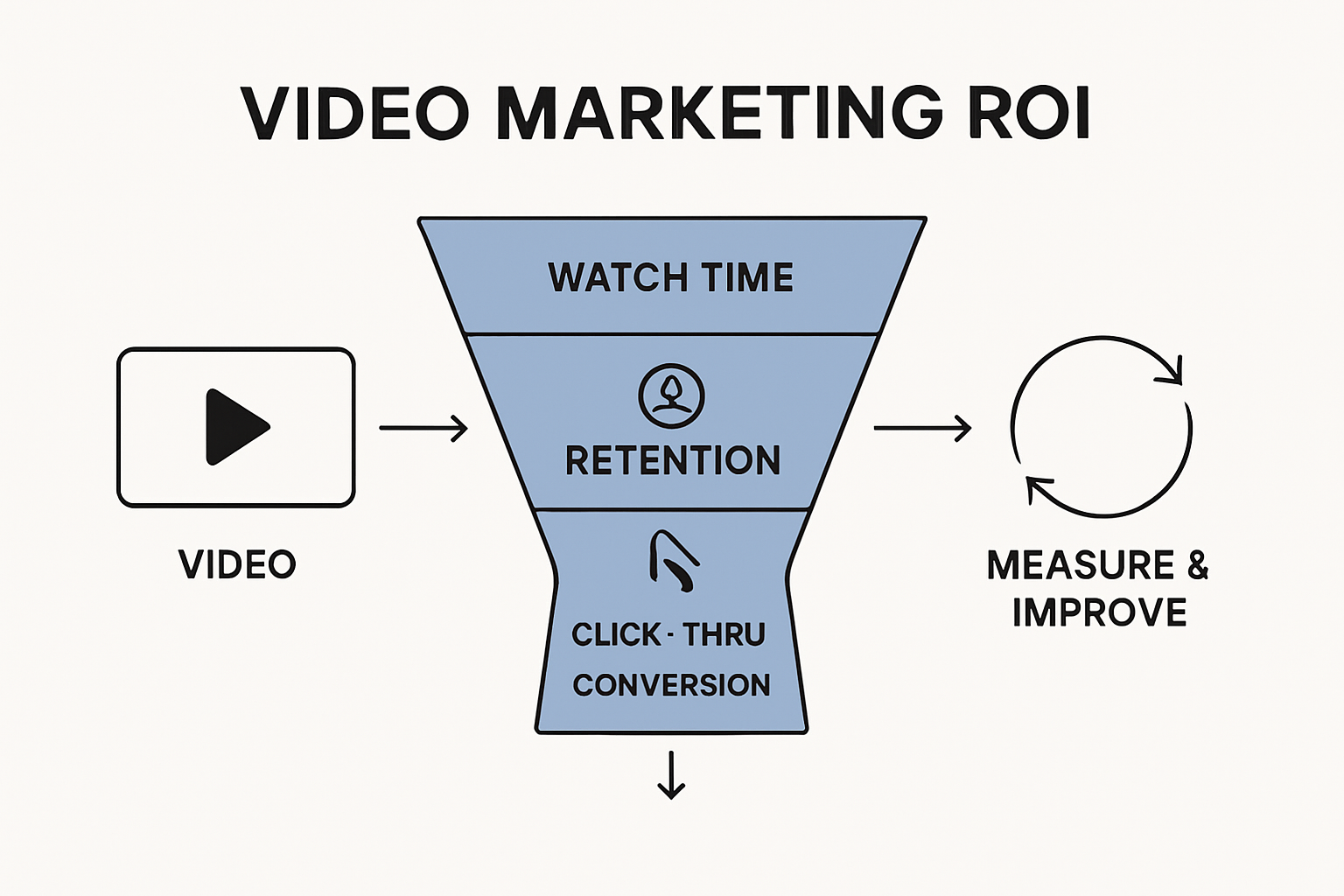
Strategic Evaluation and Continuous Improvement
Harvard Business School emphasizes the importance of aligning video marketing metrics with broader business objectives. This means moving beyond marketing-specific metrics to demonstrate real business value. Calculate the cost per acquisition, compare video marketing expenses against traditional marketing channels, and track how video content influences the entire customer journey.
Implement a systematic approach to ROI measurement. Set clear, measurable goals before creating video content. Track not just immediate conversions but long-term brand awareness, customer engagement, and potential revenue impact. Use A/B testing to continuously refine your approach, experimenting with different content styles, lengths, and messaging.
Successful video marketing is an iterative process. By developing a robust measurement strategy, businesses can transform video content from a marketing expense into a strategic asset that drives real, measurable growth. The key is to remain flexible, data-driven, and committed to continuous improvement.

Frequently Asked Questions
What are the benefits of using video content in marketing?
Video content boosts customer purchase intent, enhances brand engagement, builds consumer trust, personalizes brand communication, drives long-term ROI, and is versatile across various platforms and formats.
How can businesses measure the success of their video marketing strategies?
Success can be measured using key performance indicators such as view count, watch time, audience retention rate, click-through rate, social sharing, and conversion rate to analyze viewer interaction and effectiveness.
What should businesses consider when developing a video marketing strategy?
Businesses should conduct thorough market research to understand their audience, create detailed audience personas, and develop a comprehensive framework that aligns with their overall marketing objectives. High-quality production and continuous optimization are also crucial.
How can businesses optimize their video content for better engagement?
To optimize video content, businesses should focus on high-quality production, keep videos concise, use storytelling techniques, incorporate clear calls-to-action, and utilize analytics to track viewer behavior and improve content based on data insights.
Ready to Turn Your Video Content into Real Business Growth?
You have learned how powerful video content can be for building trust and inspiring action. But maybe you are still struggling to reach the right audience or transform those views into real results. If you want to move past uncertainty and generic content, let us show you what strategic video marketing can really do.
Check out our Stories Archives – Web Spider Solutions to discover how brands like yours are using creative storytelling to stand out and drive measurable growth.
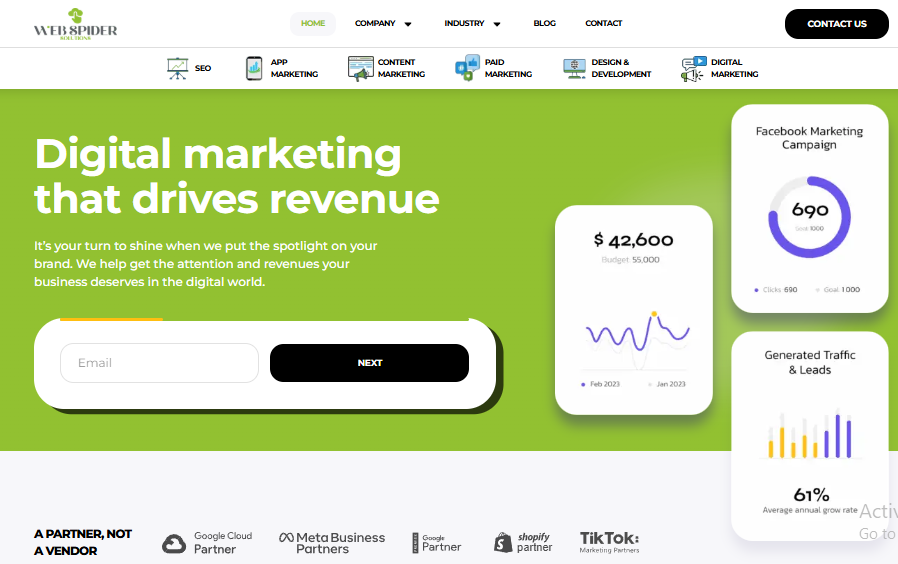
Your next step is simple. Let our experts at Web Spider Solutions help craft a custom video strategy built around your goals. Experience the difference smart planning, deep analytics, and seamless digital integration can make. Reach out today and start turning video potential into profit before your competitors do.
Recommended








